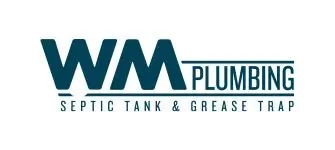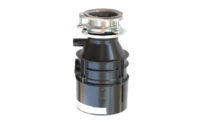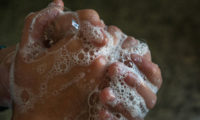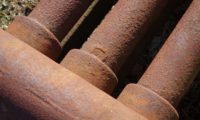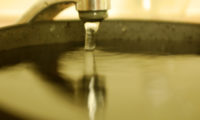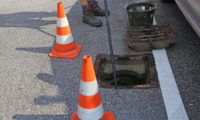Are Garbage Disposals Bad for Septic Systems?
Garbage disposals have become a common fixture in many kitchens, offering a convenient way to dispose of food scraps and reduce household waste. However, when it comes to homes that rely on septic systems rather [...]
Are Antibacterial Soaps Bad for Septic Systems?
Yes, antibacterial soaps can be detrimental to septic systems. These products, designed to kill or inhibit the growth of bacteria, can interfere with the essential biological processes that occur in septic tanks. To understand why [...]
Why Cast Iron Sewer Pipes Corrode from the Inside Out
Cast iron sewer pipes were once considered the gold standard of plumbing infrastructure. They were strong, durable, and capable of lasting several decades when properly maintained. Many homes built before the 1980s still rely [...]
Common Signs of Orangeburg Pipe Failure
Orangeburg pipe, sometimes called “bituminous fiber pipe,” was widely used for sewer lines between the 1940s and 1970s. It was made from layers of wood pulp and pitch, which created a lightweight, inexpensive alternative to [...]
Sewer Pipe Repairs in HOA Communities
Sewer pipe repairs are challenging under any circumstances, but in homeowners association (HOA) communities, the process involves additional layers of responsibility, coordination, and cost-sharing. Unlike a single-family home where the property owner is solely responsible [...]
Signs Your Sewer Issue Is Underground vs. Indoors
When a sewer problem arises, one of the first challenges homeowners face is figuring out whether the issue is located inside the home or underground in the main sewer line. Knowing where the problem originates [...]
